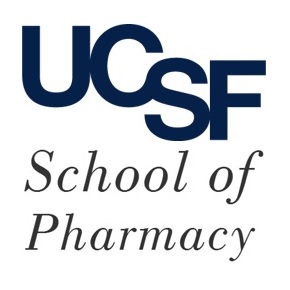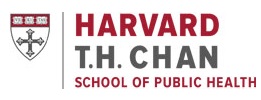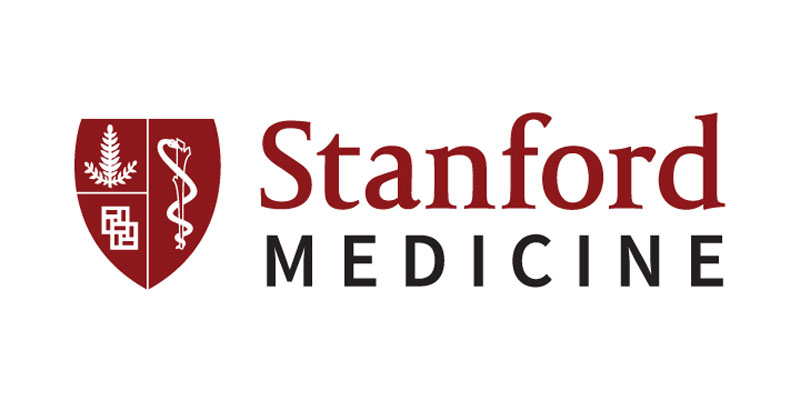Publications
Adjusting for Principal Components of Molecular Phenotypes Induces Replicating False Positives. Genetics 211, 1179-1189 (2019).
Applicability of the Mutation-Selection Balance Model to Population Genetics of Heterozygous Protein-Truncating Variants in Humans. Mol Biol Evol 36, 1701-1710 (2019).
Components of genetic associations across 2,138 phenotypes in the UK Biobank highlight adipocyte biology. Nat Commun 10, 4064 (2019).
Diagnostic Algorithms to Study Post-Concussion Syndrome Using Electronic Health Records: Validating a Method to Capture an Important Patient Population. J Neurotrauma 36, 2167-2177 (2019).
Differential NOVA2-Mediated Splicing in Excitatory and Inhibitory Neurons Regulates Cortical Development and Cerebellar Function. Neuron 101, 707-720.e5 (2019).
Efficient Variant Set Mixed Model Association Tests for Continuous and Binary Traits in Large-Scale Whole-Genome Sequencing Studies. Am J Hum Genet 104, 260-274 (2019).
Global Biobank Engine: enabling genotype-phenotype browsing for biobank summary statistics. Bioinformatics 35, 2495-2497 (2019).
GRIK5 Genetically Regulated Expression Associated with Eye and Vascular Phenomes: Discovery through Iteration among Biobanks, Electronic Health Records, and Zebrafish. Am J Hum Genet 104, 503-519 (2019).
Identification of rare-disease genes using blood transcriptome sequencing and large control cohorts. Nat Med 25, 911-919 (2019).
Identification of rare-disease genes using blood transcriptome sequencing and large control cohorts. Nat Med 25, 911-919 (2019).
Detection of widespread horizontal pleiotropy in causal relationships inferred from Mendelian randomization between complex traits and diseases. Nat Genet 50, 693-698 (2018).
Medical relevance of protein-truncating variants across 337,205 individuals in the UK Biobank study. Nat Commun 9, 1612 (2018).
Medical relevance of protein-truncating variants across 337,205 individuals in the UK Biobank study. Nat Commun 9, 1612 (2018).
Phenotype risk scores identify patients with unrecognized Mendelian disease patterns. Science 359, 1233-1239 (2018).
Cohort-specific imputation of gene expression improves prediction of warfarin dose for African Americans. Genome Med 9, 98 (2017).
Cohort-specific imputation of gene expression improves prediction of warfarin dose for African Americans. Genome Med 9, 98 (2017).
Cohort-specific imputation of gene expression improves prediction of warfarin dose for African Americans. Genome Med 9, 98 (2017).
The Effects of Migration and Assortative Mating on Admixture Linkage Disequilibrium. Genetics 205, 375-383 (2017).
Estimating the selective effects of heterozygous protein-truncating variants from human exome data. Nat Genet 49, 806-810 (2017).
Human Demographic History Impacts Genetic Risk Prediction across Diverse Populations. Am J Hum Genet 100, 635-649 (2017).
Incorporation of Biological Knowledge Into the Study of Gene-Environment Interactions. Am J Epidemiol 186, 771-777 (2017).
Incorporation of Biological Knowledge Into the Study of Gene-Environment Interactions. Am J Epidemiol 186, 771-777 (2017).
Limited statistical evidence for shared genetic effects of eQTLs and autoimmune-disease-associated loci in three major immune-cell types. Nat Genet 49, 600-605 (2017).
Negative selection in humans and fruit flies involves synergistic epistasis. Science 356, 539-542 (2017).
VEXOR: an integrative environment for prioritization of functional variants in fine-mapping analysis. Bioinformatics 33, 1389-1391 (2017).

 ]
] 



